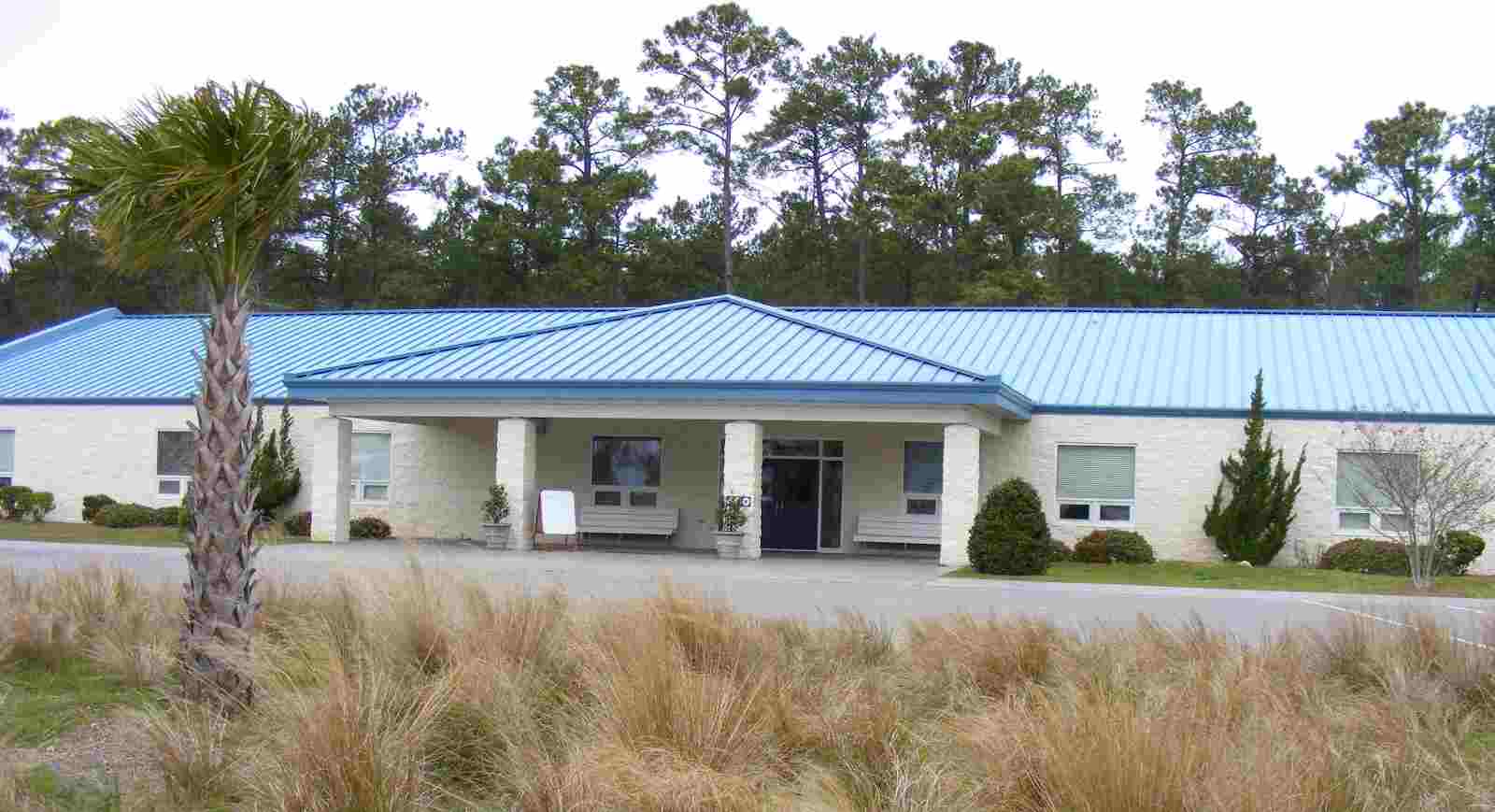 Lowcountry Prep, a K-12 school in Pawleys Island, South Carolina, is an example of how a school can use PLT’s GreenSchools investigations to benefit student learning, the environment, and the bottom line.
Lowcountry Prep, a K-12 school in Pawleys Island, South Carolina, is an example of how a school can use PLT’s GreenSchools investigations to benefit student learning, the environment, and the bottom line.
Several years ago, Lowcountry was selected as one of 60 nationwide to receive a grant from Learn and Serve America to participate in PLT’s GreenSchools program. As part of the grant, three teachers and seven middle school students attended a workshop where they leaned how to conduct school-wide investigations in the five GreenSchools topic areas: energy, water, school site, waste and recycling, and environmental quality. They learned how to use light meters, thermometers, scales, and other tools to collect data on which to base decisions for future environmental action. In this way, students use their knowledge and skills from science, technology, engineering, and math (STEM) courses to address challenges at their school.
Back at school, the students formed teams, 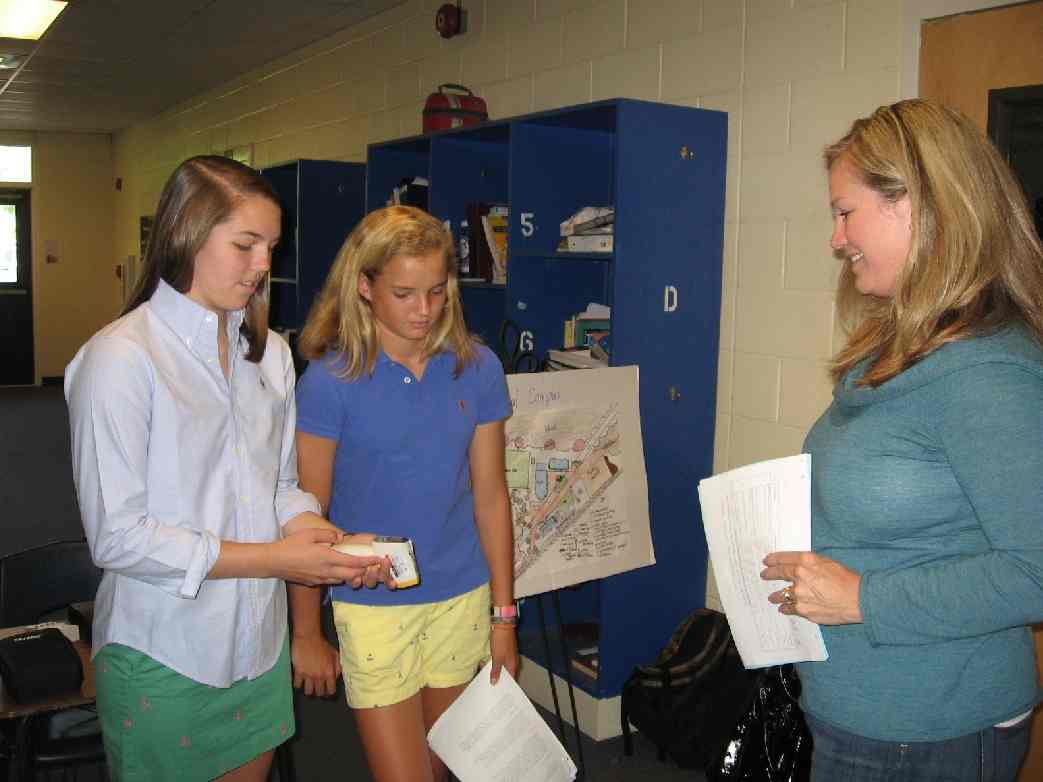 two to four students each, and conducted their research once a week for six weeks. “It was fun to collect data,” recalled then-9th-grader Elizabeth Zieser-Misenheimer. “When we went into classrooms to measure and weigh, other teachers and students would ask us about what we were doing, so that helped build interest.”
two to four students each, and conducted their research once a week for six weeks. “It was fun to collect data,” recalled then-9th-grader Elizabeth Zieser-Misenheimer. “When we went into classrooms to measure and weigh, other teachers and students would ask us about what we were doing, so that helped build interest.”
The students shared their findings with the school’s board of trustees, along with recommended actions. With solid data and a well-prepared presentation, they were met with excitement and unopposed support for their work.
“We, as students, are the ones who are affected by changes in our schools,” said Zieser-Misenheimer. “Expressing our opinions on what happens at our school helps us learn to make decisions, keeps us devoted to being green, and gives us satisfaction in environmental achievements. It is a privilege for students to be given this opportunity of being taken seriously by adults.”
Energy Investigation
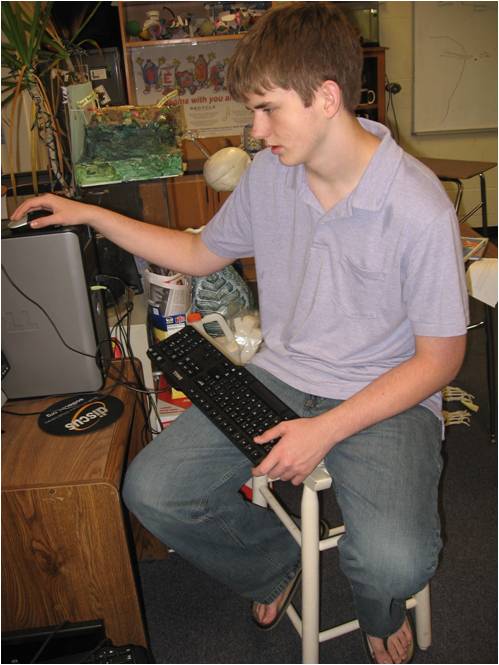 At the Green Team’s recommendation, watt light bulbs were replaced with watt CFLs, and teachers were encouraged to turn the lights off and use day-lighting as much as possible.
At the Green Team’s recommendation, watt light bulbs were replaced with watt CFLs, and teachers were encouraged to turn the lights off and use day-lighting as much as possible.
Teachers and older students work with younger students to develop good habits early, so that saving energy is part of the daily routine. For example, several years ago, lower school students were given an incentive to conserve energy in a “Greenest Grade” competition, where factors included how regularly students turned the lights off when they left the classroom. The class that did the best celebrated with a pizza party.
Energy and other environmental issues are incorporated into lessons in almost every grade.
Waste and Recycling
Through this investigation, the recycling program expanded from paper to encompass printer cartridges, glass, aluminum, and plastic. The Green Team made recycling bins out of used copy paper cartons and placed one in every classroom, with two large bins located prominently in the hallway. Recycling bins for plastic and aluminum were also placed in the hallways of both school buildings, the entrance to the gym, and the cafeteria.
Prior to implementing the Waste and Recycling Investigation, Lowcountry Prep had an average of 62.19 lbs of waste and about 25.5 lbs of recycling every day. The proportions reversed: an average 52.5 lbs of recycling and 45.9 lbs of waste every day!
Although the students no longer weigh trash and recycled items, recycling has become a way of life. Groups of students are in charge of recycling—one for paper, the other for plastics and cans—and recycling takes place throughout the campus.
Water Investigation
The Green Team checked the entire school campus for leaks (Gym, Upper and Lower schools, Trailers). Fixing them saved about $2,000 a year in water costs.
The third grade has a unit about water conservation. Through stories and illustrations, they learned good habits that prevent wasted water.
School Site Investigation
As part of the school site investigation, students planted a butterfly garden, flower gardens, and a garden with native plants and vegetables. Birdhouses and bird feeders dot the campus.
To support drainage and water runoff, the school has an island in the middle of the campus that had native grasses and palmetto trees and a small pond. Weeds had invaded and replaced much of the native vegetation, so, as Neubauer said, “we are currently rethinking this and trying to come up with a plan.”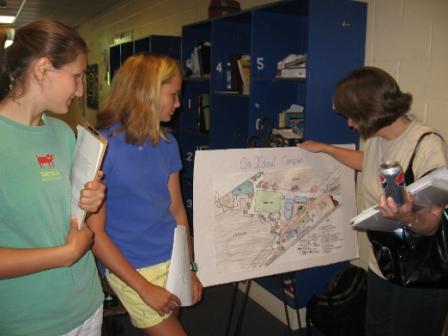
Classes often meet outside on the nature trails, making observations at the pond, having class in the outdoor classroom, or just playing with friends on the athletic field. “Our middle school students love to play tag on the nature trail,” noted Neubauer. “Convincing them to care about and protect the natural environment starts with being able to enjoy it.”
Environmental Quality Investigation
Students are learning to be more aware of the school’s pollution output and to take action in improving the environment. Students set up a carpooling contest among the Lower School students.
The Middle School Earth Science class has integrated environmental education. The senior class has an Advanced Placement Environmental science course, and other environmental lessons are integrated throughout the curriculum. In addition, a group of Neubauer’s high school students teach a 30-minute lesson in the elementary school using Uno’s Garden, The Lorax, and other books.
Through a grant, Lowcountry will get a greenhouse, which will become the focus of a new round of investigations and action. “We are looking forward to learning how to grow crops and vegetables sustainably in our new greenhouse,” said Upper School teacher Selanga Ranawaka.
Benefits and Advice
“This program gives the school tools to make decisions, and gives kids a sense of purpose and worthwhile achievement,” said Sandy Gresham, who helped bring PLT to Lowcountry, where she taught until retiring in 2010. She also noted that the GreenSchools! program, combined with other PLT activities, contributed to a rise in school science scores. On the financial side, the teams monitored the cost savings, using previous year’s investigations as their baseline for comparison.
In looking back at what the teams accomplished, student Stellings Lee said she and her classmates felt most proud of how much data they collected, how many students were involved, and how excited the whole school became.
Lowcountry teachers passed on this advice to other 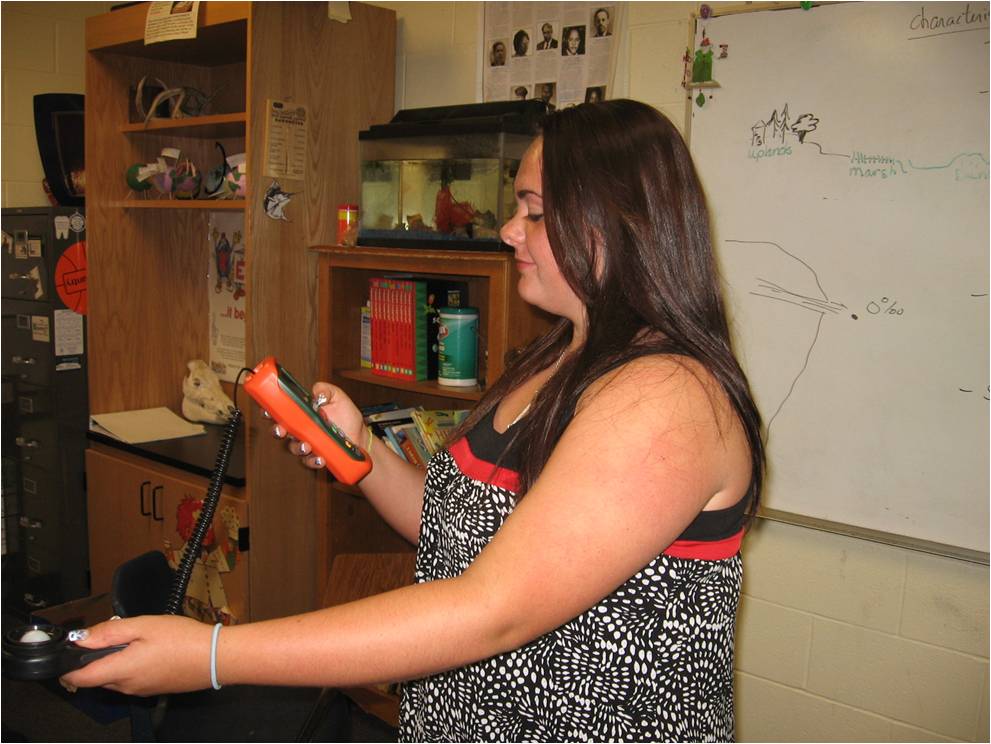 teachers considering involvement in PLT’s GreenSchools program:
teachers considering involvement in PLT’s GreenSchools program:
- Make the investigations part of class
- Learn how to use the equipment to feel comfortable with it
- Connect with theater or English, rather than keeping the program just within the science curriculum
“Kids are involved in hands-on learning and doing their own research,” said Neubauer. “They really learn, and are excited about learning, in this program.”
The students passed along the following advice to other students:
- Think creatively
- Involve the entire school
- Focus on the areas that need the most improvement.


